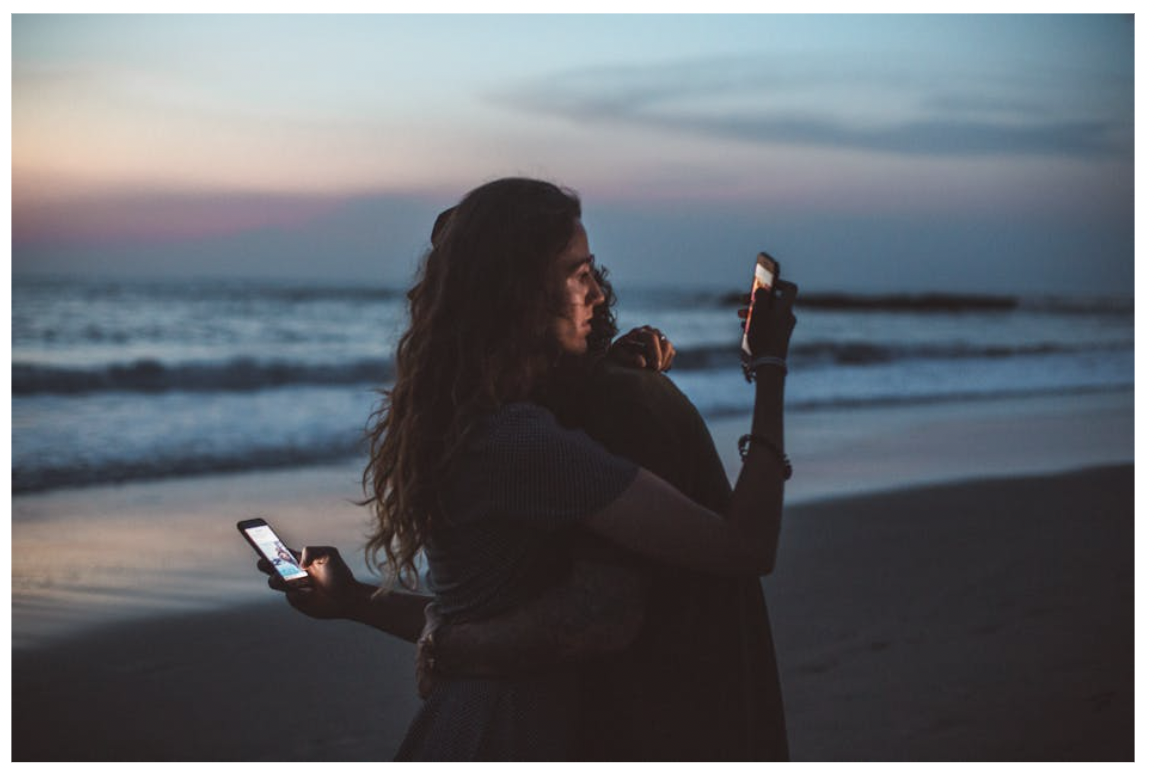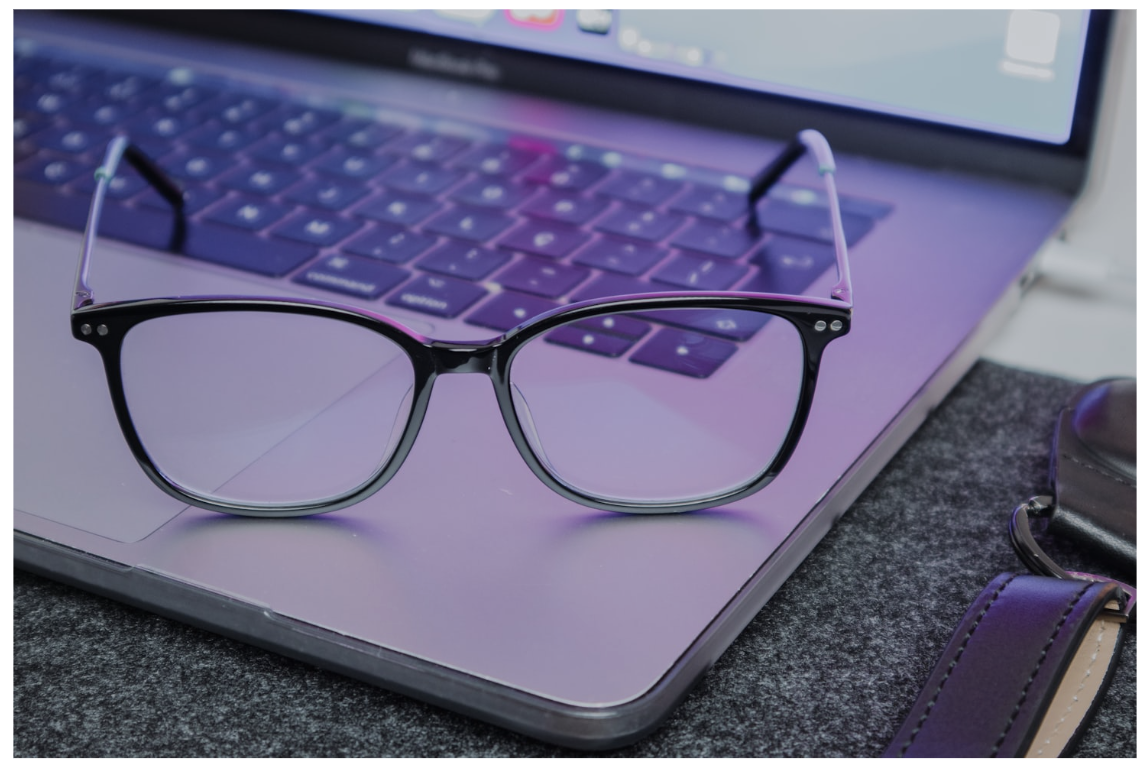From Blue Light to Poor Lighting: Common Causes of Eye Strain

Eye strain is a common condition, especially for those spending a lot of time in front of screens. With the rise in digital device use, such as computers and smartphones, eye strain has become prevalent. The main cause is the blue light from these devices. However, poor lighting at work or home also contributes. This article explores common causes of eye strain and prevention tips. We'll start by explaining blue light and its link to eye strain.
Understanding Blue Light
Blue light is a type of high-energy visible light with a short wavelength that is emitted from electronic devices such as smartphones, laptops, and tablets. This form of light has been shown to penetrate deep into the eye, reaching the retina, which can cause strain and damage over time. With the increasing use of digital devices in our daily lives, we are exposed to blue light for longer periods, leading to a higher risk of eye strain. To reduce the effects of blue light, it is recommended to block blue light using specialized glasses or screen filters when using electronic devices for extended periods. These tools can help filter out harmful blue light and protect our eyes from potential strain and damage.
The Impact of Digital Devices
The rise of digital devices has greatly impacted our daily lives, making them an essential part of our work and leisure time. However, this increased use of screens also means we are constantly exposed to blue light, which can lead to eye strain. The bright light emitted from screens causes our eyes to work harder, resulting in eye fatigue and discomfort. We tend to blink less when using digital devices, leading to dry eyes. The constant use of screens can also cause us to adopt poor posture and strain our neck and shoulders, further adding to our eye strain. To prevent these negative effects, it's essential to take breaks from our screens and practice good habits such as blinking regularly and maintaining proper posture.
Beyond Blue Light
While blue light is considered the primary culprit for eye strain, other factors can contribute to this condition. Poor lighting in our environment, whether it be too bright or too dim, can also cause eye strain. For example, working in a poorly lit room with inadequate overhead lighting or reading in dim lighting can put unnecessary strain on our eyes. Similarly, harsh fluorescent lighting can also cause discomfort for some individuals. Constantly focusing on nearby objects, such as when reading or using a smartphone, can strain our eye muscles. To prevent eye strain caused by these factors, ensure proper lighting in our environment and take regular breaks from tasks that require close-up focus.

The Importance of Proper Lighting
Insufficient or harsh lighting can cause unnecessary strain and fatigue, leading to discomfort and decreased productivity. When working on screens, have proper overhead lighting that reduces glare and shadows. In general, ambient lighting should be bright enough to prevent squinting but not too harsh that it causes eye strain. Natural lighting is also beneficial, as it provides a more comfortable and healthier option for our eyes. Have proper lighting not just in our work environment but also in our homes. This helps create a comfortable space for our eyes and reduces the risk of developing eye strain from poor lighting conditions.
Practical Tips for Preventing Eye Strain
To prevent eye strain, adopt practical tips that can help reduce the impact of blue light and poor lighting on our eyes. One way is to adjust the settings on our screens, such as reducing brightness and increasing font size. This can help make it easier for our eyes to read and reduce strain. Taking regular breaks from screen time is important. Following the 20-20-20 rule is a useful guideline - every 20 minutes, take a break and look at an object at least 20 feet away for 20 seconds. This helps rest our eyes and avoid constant strain.
Seeking Professional Help
In most cases, eye strain can be managed and prevented by following practical tips and making lifestyle changes. However, if you experience persistent or severe symptoms despite taking preventive measures, consult an eye doctor. They can conduct a comprehensive exam to determine the cause and provide personalized treatment recommendations. Sometimes, prescription glasses or contact lenses may be needed to alleviate eye strain. Don't ignore persistent symptoms, as they could indicate a more serious condition requiring medical attention. Always consult an eye doctor if you experience ongoing discomfort or changes in your vision.
Eye strain has become a common problem due to prolonged screen time and poor lighting. With proper care and attention, we can prevent and manage eye strain for healthier vision. So next time you're working on your computer or scrolling through your phone, remember to take breaks and give your eyes the rest they need.






